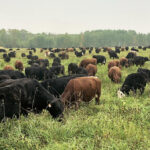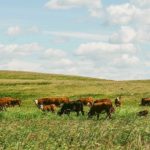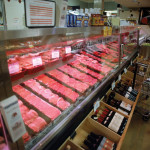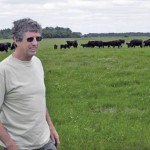Glacier FarmMedia – It’s not for everyone, but raising grass-fed beef can bring returns that conventional cow-calf producers can only dream about. “Someone can make a living off 70 head of grass-fed beef easily — or even 50,” said Ben Campbell, who raises both grass-fed and conventional cattle near Black Diamond, Alta. “Where if you










